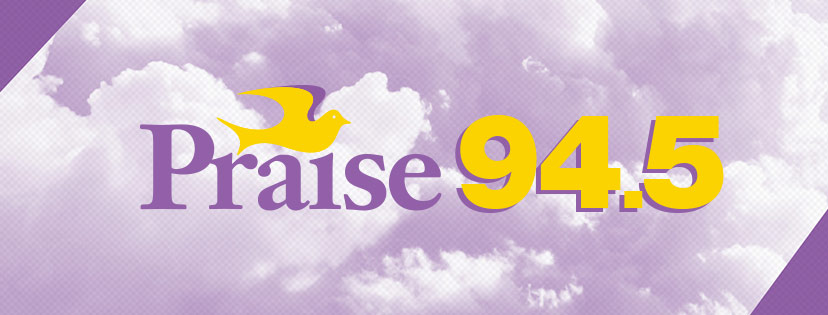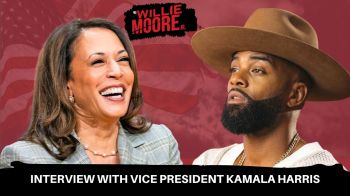February is Black History Month, an appropriate time to focus on the Black Church in America. There have been competing views as to its role. Most scholars regard it as the major source of strength and endurance through centuries of repression, emerging after World War II as the principal leader in the modern struggle for civil rights. A few Black critics, however, have depicted the church, and Christianity generally, as an opium, deliberately manipulated by white society to keep African-Americans in bondage, during slavery and following emancipation.
In the early colonial period efforts to convert slaves were sporadic. By the end of the 18th century, most Blacks, both slave and free, had embraced Christianity. Black churches in the north exercised considerable independence, but religious activities of slaves in the south were subjected to severe restrictions to guard against unsupervised gatherings. In 1831, Nat Turner, a Baptist minister, had led a slave rebellion in Virginia..
CLICK HERE to read story
article courtesy of BCNN1.com












